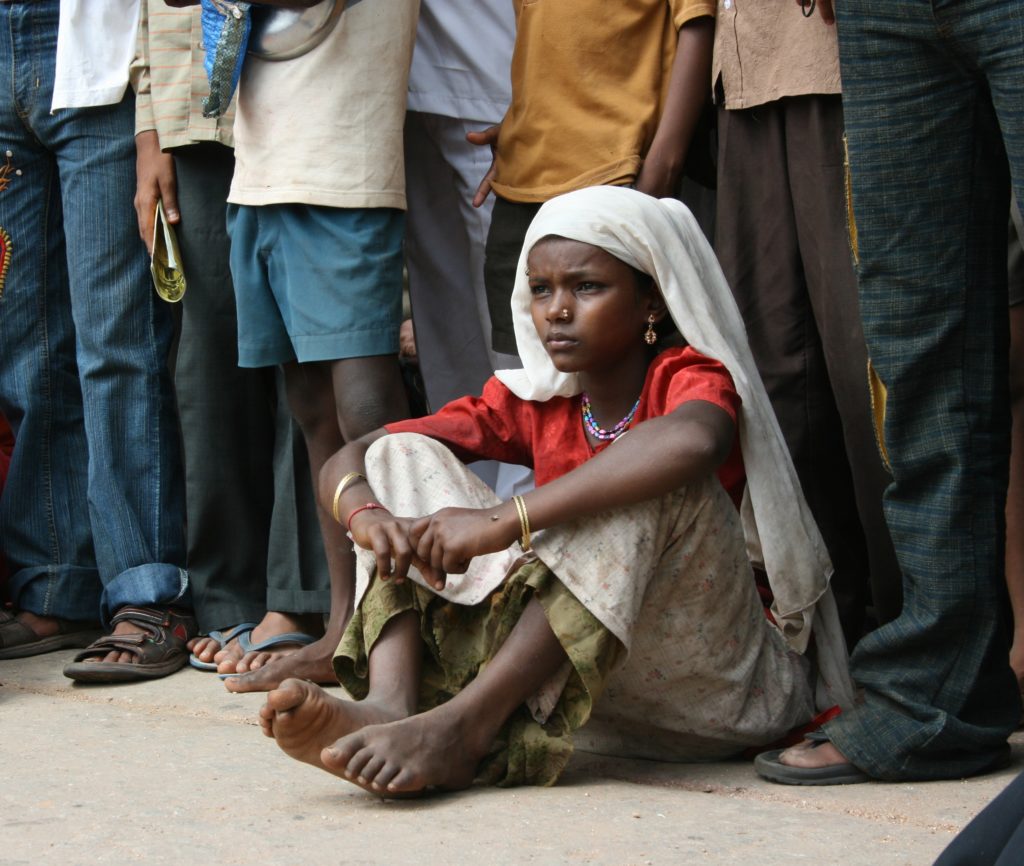India’s per capita public spending on health is very low
Six years after a committee appointed by the erstwhile Planning Commission submitted its seminal report on India’s road to Universal Health Coverage and one year after a scheme that was to provide health cover to 10 crore families, was sent to the Union cabinet, 100 crore Indians have no security whatsoever against possible bankruptcy due to catastrophic health expenditures.
December 12 is observed as Universal Health Coverage day.

According to the National Health Profile, a government report card compiled by the Central Bureau of Health Research and released in April this year, “Around 35 crore individuals were covered under any insurance in 2015-16. This amounts to 27% of the total population of India. 77% of them were covered by public insurance companies. Overall 80% of all persons covered with insurance fall under government sponsored schemes. Public Insurance companies had a higher share of coverage and premium for all types of health insurance policies, except family floater policies excluding individual policies. Compared to other countries that have either Universal Health Coverage or moving towards it, India’s per capita public spending on health is low.” India’s population is around 135 crore.
The public health spend has remained constant at 0.98% of GDP from 2009-10 to 2014-15
UHC as defined by the World Health Organisation includes financial risk protection, access to quality essential health-care services and access to safe, effective, quality and affordable essential medicines and vaccines for all. On Monday health minister J P Nadda said that the government is “committed” to UHC. That commitment is hardly on display in the Union cabinet’s inordinate delay in taking up the proposal for a National Health Protection Scheme that provides for a Rs 1 lakh health cover for every member of 10 crore families (BPL plus families classified as “deprived” in the socio-economic caste census) aged below 60 years and Rs 1.30 lakh for those aged above 60 years. The proposal was sent to the cabinet last November.
[infogram id=”indias-healthcare-spend-1h8j4x1n8kvp6mv”]
There are wide variations in the per capita health expenditure of states (health is a state subject), according to the CBHI report. It ranges from Rs 5666 in Sikkim to Rs 665 in West Bengal. India’s per capita health spend is about 15$ – lower than Nepal (16$), Indonesia (38$), Timor Leste (52$) Bhutan (65$) Sri Lanka (71$), Thailand (177$) and Maldives (913$). The public health spend has remained constant at 0.98% of GDP from 2009-10 to 2014-15 (period considered in the National Health Profile 2017). This is a far cry from the 2.5% GDP envisages first in the 12th five year plan that came to an end in March 2017 and subsequently in the National Health Policy unveiled earlier this year.
The road to UHC is further complicated by the fact that the average population served by a government allopathic doctor is 10,189. The reason for this is well documented. In its report on UHC, the High Level Expert Group (HLEG) formed by the Planning Commission noted: “ “From 8% in 1947, the private sector now accounts for 93% of all hospitals, 64% of all beds, 80% to 85% of all doctors, 80% of out-patients, and 57% of in-patients.”



bookmarked!!, I really like your website!
Hi there, of course this article is genuinely good and I have learned lot of things from it about blogging.
thanks.